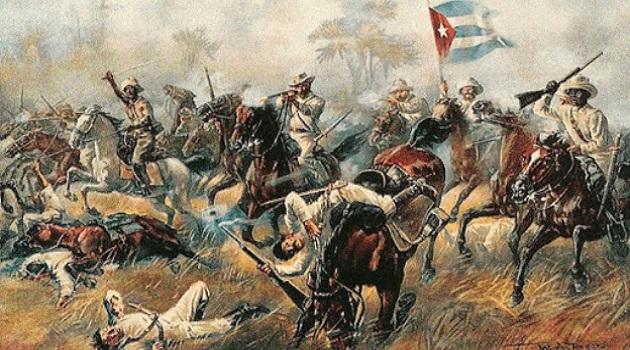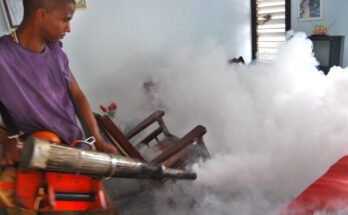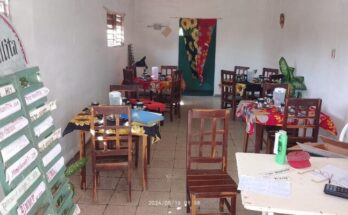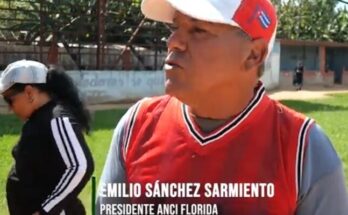On October 8, 1871, Major General Ignacio Agramonte leads the rescue of Brigadier Julio Sanguily, a military feat considered one of the most audacious and brilliant actions of the Ten Years’ War.
Encamped with about 70 men of his cavalry in the Consuegra pasture, south of the city of Puerto Príncipe, today Camagüey, Agramonte is informed that the brigadier was detained by a Spanish troop and without finding out how many were the enemies, but in what place they were, he saddled his horse named Mambí and said to his 70 soldiers «Brigadier Sanguily has been taken prisoner by the Spaniards. Anyone who is willing to rescue him or die, step forward».
History tells that Agramonte and his 35 soldiers entered through the front of the Spanish column and left through the other end taking Sanguily and leaving in the field a decimated and demoralized troop superior in weapons and men and to which they made 11 fatal casualties and snatched horses, saddles, projectiles, revolvers and sabers, in a clear demonstration of combative capacity, courage and bravery.
When evaluating the result of the action, Major General Ignacio Agramonte said «My soldiers did not fight like men: they fought like wild beasts!»; years later the commander in chief Fidel Castro Ruz highlighted the historical significance of the rescue of Brigadier Sanguily when he said that «this was undoubtedly one of the greatest feats that were written in our struggles for independence, and has become a fact of proverbial weapon, which at that time even aroused the admiration of the Spanish forces».





